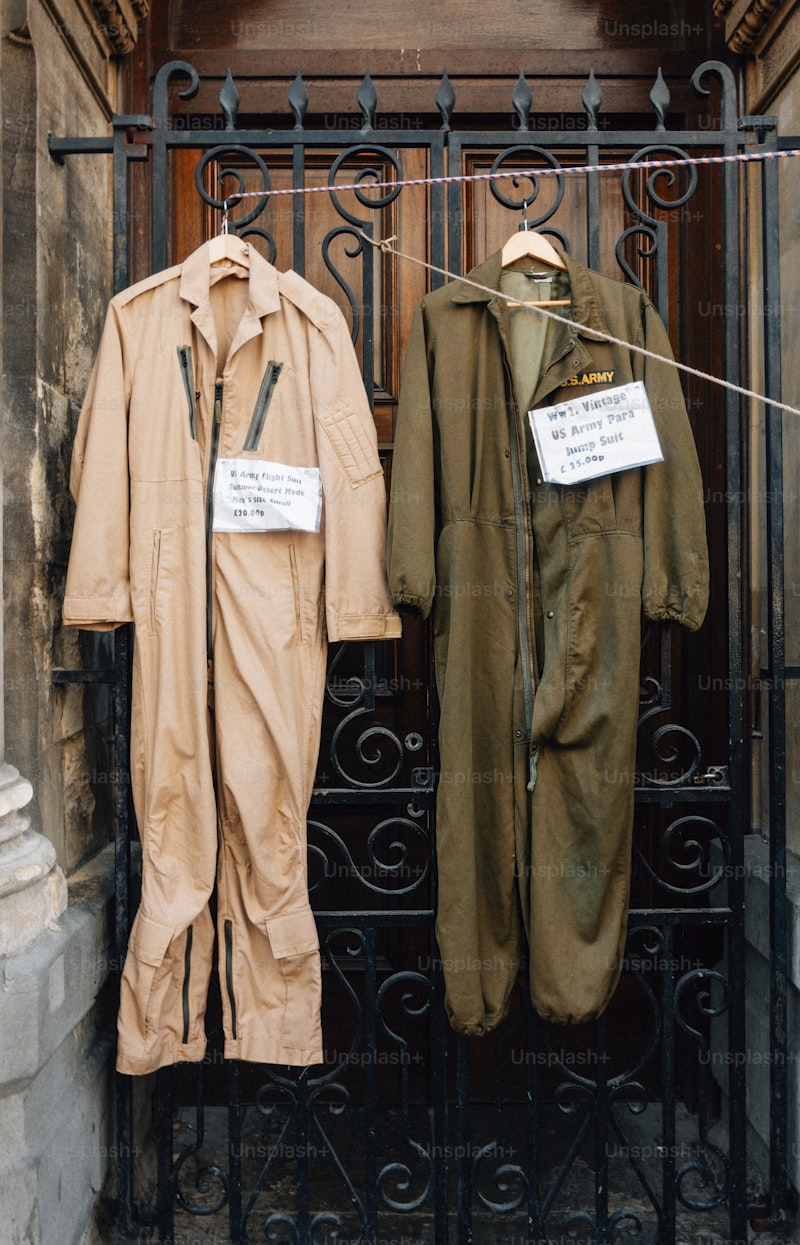Understanding Dress Alteration Timelines: A Comprehensive Guide
Introduction to Dress Alteration Timelines
When it comes to preparing for special occasions such as weddings, proms, or important events, understanding dress alteration timelines is crucial. The timeline can make a significant difference between looking your best and experiencing last-minute stress. This guide will explore everything you need to know about dress alteration timelines, helping you plan effectively and ensure that your wardrobe is perfectly tailored.
Why Are Dress Alterations Necessary?
Dress alterations are essential for a variety of reasons. Fit is the most important factor; even a beautiful dress can look unflattering if it doesn’t fit well. Other reasons include:
- Style adjustments: Customizing a dress to match your personal style.
- Comfort: Ensuring ease of movement, especially for fitted or intricate designs.
- Weight changes: Accommodating any fluctuations in body size leading up to the event.
Understanding the Different Types of Alterations
Dress alterations can vary widely in terms of complexity and time commitment. Common alterations include:
| Type of Alteration | Description | Estimated Time |
| Hem Adjustment | Altering the length of the dress | 1-2 Weeks |
| Taking In or Letting Out | Adjusting the fit around the bust, waist, and hips | 2-3 Weeks |
| Adding Straps | Creating or modifying straps for style or support | 2-3 Weeks |
| Structural Changes | Major redesigns, including neckline alterations or adding a train | 3-4 Weeks |
Average Dress Alteration Timelines
When planning your alterations, it’s important to consider average timelines. Most bridal boutiques and tailor shops recommend allocating the following times for dress alterations:
- Initial Fitting: 2-3 months prior to the event. This allows for enough time to schedule the necessary alterations.
- Second Fitting: 4-6 weeks prior. This is usually to ensure that the dress is coming together as planned.
- Final Fitting: 1-2 weeks before the event. This is a crucial step to make last-minute adjustments and ensure everything fits perfectly.
Factors That Can Affect Alteration Timelines
Several factors can influence how long alterations take. Here are some considerations:
- Complexity of Alterations: More intricate changes obviously require more time.
- Tailor’s Workload: If you’re working with a popular tailor, their current workload may impact how quickly they can accommodate you.
- Fabric Type: Certain fabrics may require specialized handling, which can extend the timeline.
- Time of Year: Peak wedding season can lead to longer waiting times for appointments.
How to Prepare for Dress Alterations
Preparation is key to ensuring a smooth alteration process. Here are some tips to help you get ready:
- Choose the Right Tailor: Look for someone with experience in the type of dress you’re altering. Recommendations from friends or online reviews can be helpful.
- Schedule Early: Reserve your fitting appointments well in advance to avoid last-minute stress.
- Bring the Right Underwear: Wear the type of undergarments you plan to wear on the day of the event, as this can affect the fit.
- Be Clear About Your Vision: Communicate openly with your tailor about what you want and any concerns you have.
Understanding the Costs Involved
Dress alteration costs can vary widely depending on the type of alterations & the tailor's expertise. On average:
- Hem Adjustments: $50 - $200
- Taking In/Letting Out: $50 - $150
- Structural Changes: $100 - $300
How to Budget for Dress Alterations
When budgeting for your dress alterations, consider setting aside around 10-20% of your total dress budget for alterations. This will help ensure you have enough funds to cover any unexpected changes and adjustments.

Frequently Asked Questions
How long before an event should I schedule alterations?
It's recommended to schedule alterations at least 2-3 months before your event to give ample time for any adjustments needed.
Can I rush my dress alterations?
Most tailors offer rush services but be prepared to pay a premium. It's best to communicate your timelines with them during the initial consultation.
What should I wear to my fitting?
It's ideal to wear the undergarments and shoes you plan on wearing for the event. This helps the tailor get a better understanding of the desired fit.
Conclusion and Recommendations
Understanding dress alteration timelines is essential for achieving the perfect fit and look for your special day. By planning ahead, scheduling fittings early, and communicating effectively with your tailor, you can reduce stress and ensure that your dress is exactly how you envisioned it. Remember, fine-tuning your outfit is an investment in your comfort and confidence, making it a worthwhile endeavor as you prepare for your event.